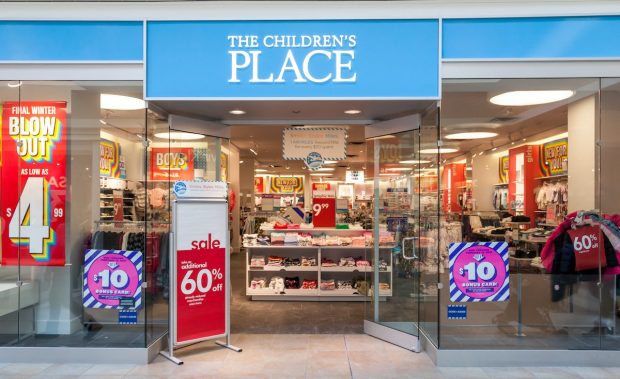Children’s Place Surprised by High Cotton, Air Freight and Container Costs

Unexpected supply chain costs took a toll on The Children’s Place in the fourth quarter.
The children’s specialty apparel retailer said in Monday (Feb. 6) preliminary unaudited results that it expects a net loss of $52 million to $57 million in the quarter due to its supply chain costs.
“As a result of this challenging environment and significantly higher input costs, including decade-high cotton costs and other supply chain costs, the company made several forward-looking strategic decisions regarding the level and composition of its inventory, which negatively impacted short-term margins but significantly reduced higher cost, end-of-season merchandise, putting us in a much healthier inventory position as we enter 2023,” The Children’s Place President and CEO Jane Elfers said in a press release.
The company’s results were impacted by input costs that were $125 million higher than they were a year earlier, including $65 million from a spike in the price of cotton, $30 million from having to use air freight to get around supply chain delays and $30 million from a leap in container costs, Elfers said, per the release.
The Children’s Place shares were down 15% in pre-market trading Monday morning on the news. The company is to hold its fourth-quarter earnings call in March.
The freight market saw two years of wildly high prices before beginning to slip in July 2022.
While shippers were still paying exponential amounts more than they did before the pandemic began, they began seeing opportunities to renegotiate shipping agreements they had put together early in the pandemic and dip into the spot market to find lower rates.
The Children’s Place has seen that too. Looking ahead, Elfers said in the release that the input costs are expected to be lower in 2023. Cotton prices are down 40% from their 2022 high, container costs are dropping to near pre-pandemic rates and there’s little need to use air freight.
“While we still need to work through inventory in the front half of 2023 that has these higher input costs embedded in it, beginning in the back half of 2023, the combined impact of these three input cost reductions is expected to result in an annualized benefit to our operating results of more than $100 million,” Elfers said in the release.
For all PYMNTS retail coverage, subscribe to the daily Retail Newsletter.
